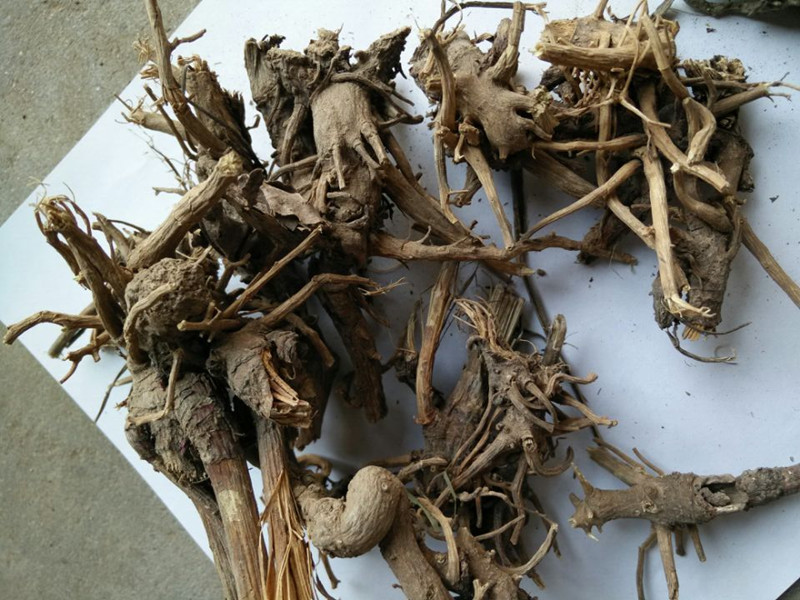As we know, Echinacea is native to North America and southern Canada and Native Americans have used echinacea leaves and flowers for centuries to treat a variety of snakebites, ailments and injuries. There are altogether 8 species and several varieties of this genus. At present, there are mainly 3 varieties developed as pharmaceutical raw materials: Echinacea purpurea, Echinacea augustifolia and Echinacea pallida, among which, the root extract of Echinacea mainly comes from Echinacea purpurea, Echinacea augustifolia. Compared with the leaves and flower extracts of Echinacea, the root extract contains more echinacoside, studied by biologists.

A study in the Lancet Infect Dis journal suggests that echinacea can cause an unpleasant tingling sensation on the tongue. This tingling sensation is caused by a higher concentration of alkamides than any other part of the plant. The leaf, on the other hand, is a rich source of flavonoids, but echinacea root extract contains approximately 20 percent more of them. The root of echinacea contains alkamides, which are antioxidants, are better for digestion than other parts of the plant. Its higher levels of inulin make it an excellent choice for those suffering from digestive problems. Its high alkamide content makes it a highly digestible supplement.
The benefits of echinacea root are well documented. Research conducted in animal models shows that Echinacea root can inhibit the formation of hemoglobin. A study in plant cell cultures showed that Echinacea root extracts do not stimulate erythropoietin production. This suggests that echinacea may have beneficial effects on the immune system. Further, It can help prevent upper respiratory tract infections and supports the respiratory system and is beneficial for the nervous system. In addition, it is a natural antihistamine.
Its effects have been studied in different parts of the plant. In order to obtain higher content of active substance from its toots, it should be harvested as the leaves turn yellow. Various studies have been conducted on echinacea. Some studies have looked at echinacea in combination with other herbs. Moreover, some studies have included combinations of echinacea root with other ingredients. Despite its benefits, echinacea is not a substitute for a healthy diet and can interfere with certain medications. For the best results, however, consult a qualified healthcare practitioner or a herbalist.
- Dandelion Extract: What It Is, Benefits, Uses and Side Effect - April 23, 2024
- Is Berberine Extract Help For Weight Loss? - April 11, 2024
- Why Is Pysllium Husk Powder A Popular Meal Replacement Ingredient? - April 3, 2024



